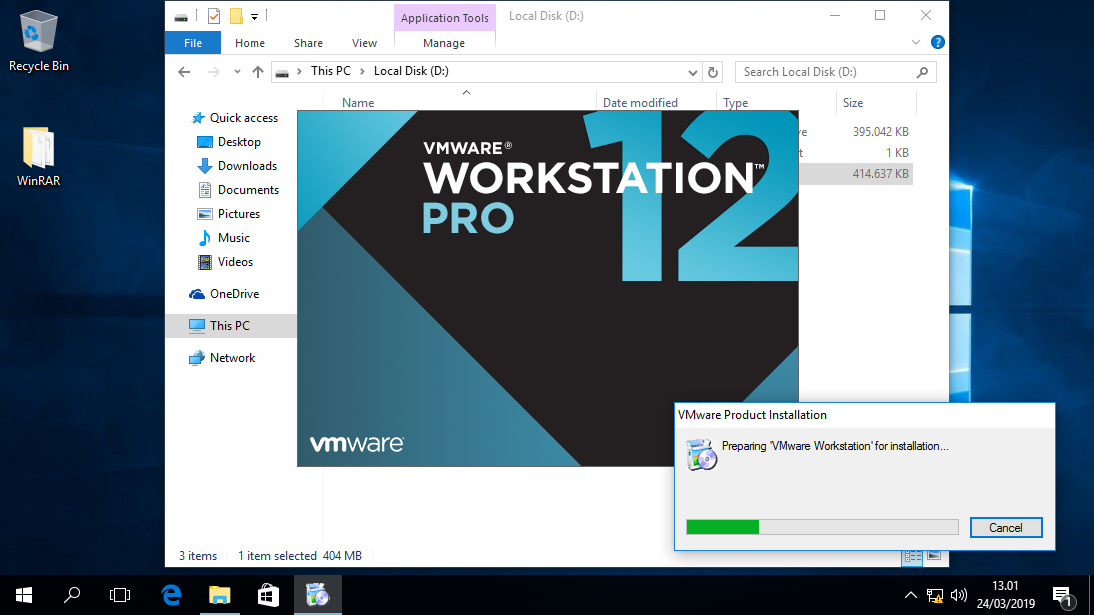

If you’re using VMWare Workstation, and also need to use Hyper-V, you can now run VMWare Workstation and Hyper-V concurrently together in Windows 10, beginning from Windows Update (Version 2004 Build 19041), codenamed 20H1. Thus, most hosted hypervisors, including the popular VMWare Workstation, require Hyper-V to be disabled, which also disable all Windows 10 features that rely on Windows Hypervisor Platform. With the reliance on windows Hypervisor Platform, it means that other hosted hypervisors that are using Intel VT-x or AMD-V virtualization instructions no longer have access to it as Windows OS is now essentially a virtual machine running on Hyper-V level 1 hypervisor, and thus no longer able to run successfully or optimally. * Finally press Refresh button to continue.Windows 10 and its server OS (namely Windows Server 2016 and Windows Server 2019 or later) has included more and more goodies that require Windows Hypervisor aka Hyper-v virtualization support, such as Credential Guard, Device Guard, Windows Defender Application Guard, Windows Sandbox, Windows Subsystem for Linux 2 (WSL 2), Windows Server Containers and Virtualization Based Security (VBS). * Go to C:\$WINDOWS.~BT\Sources\Panther, search the compatscancache.dat file and right click on it, select Delete option.

Click on the View tab, check the box next to Show hidden files, folders, and drives, and click OK button. * Within the File Explorer, select View > Options > Change folder and search options. * Once the installation process has finished, re-open the Program Files (x86) folder, and rename the folder to its previous state.Īnother way by removing the related cache files * Return to the the error window, click “Retry” button and the Setup will continue to download 20H2 updates. Select it and change the folder name “VMware” to other desired name temporarily, such as “VMBackup”. * Press ”V” or scroll it down till you find the entery installation folder named VMware. If your system is 32-bit version, just access the path C:\Program Files. * For 64-bit system, open the C: drive, and open Program Files (x86) folder. * First open the File Explorer from taskbar or Start menu, and select This PC.


 0 kommentar(er)
0 kommentar(er)
